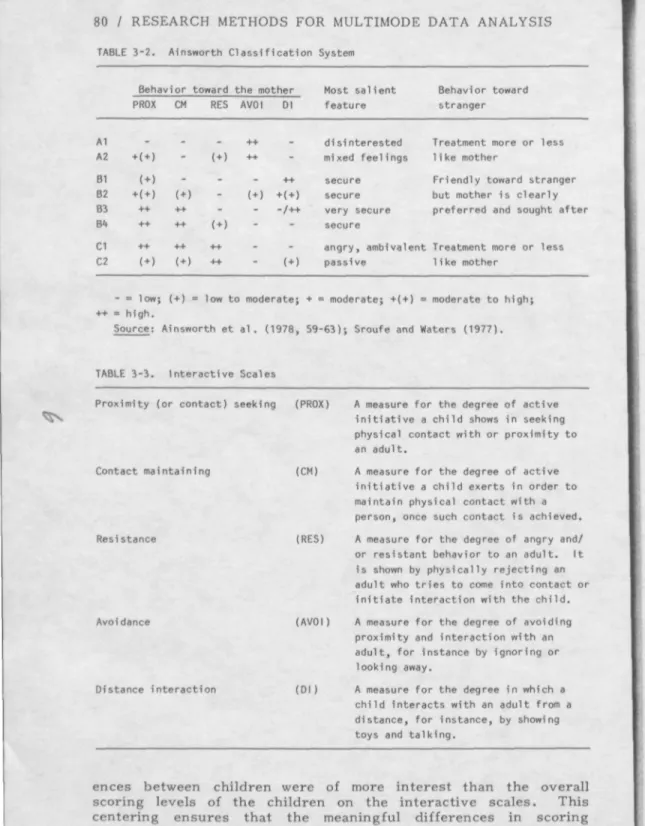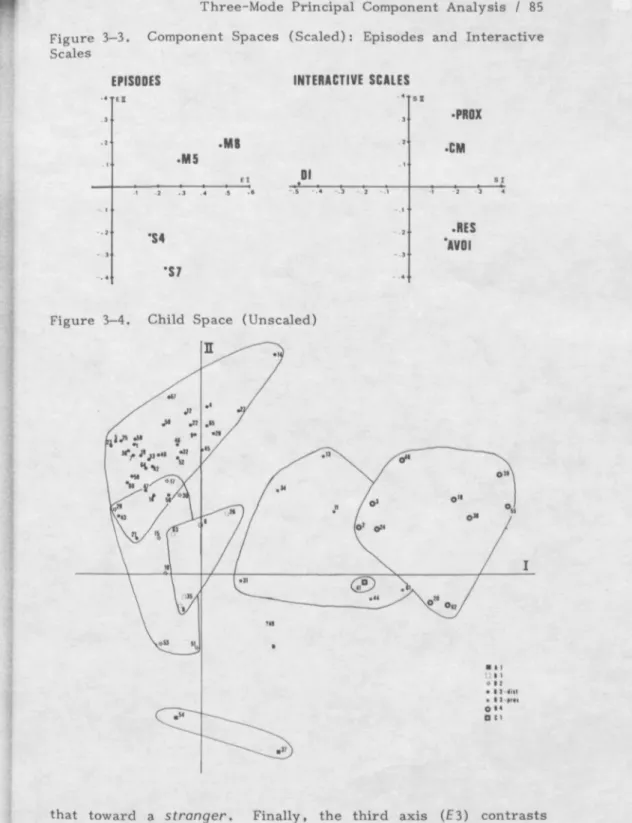Three-mode principal component analysis illustrated with an example from attachment theory
Full text
Figure




Related documents
Few electrophysiological studies have found enhanced mimicry for dynamic expressions (Sato, Fujimura, & Suzuki, 2008); or an impact on early visual components (P1, N170)
In the simplest scheme based on the boolean model for retrieval, we retrieve the documents that have occurrences of both good and teacher.. Such
Quality: We measure quality (Q in our formal model) by observing the average number of citations received by a scientist for all the papers he or she published in a given
ORAL20.03: Radiation Dose Escalation in Patients with Locally Advanced Non- Small Cell Lung Cancer; 60 Month Follow-Up of a Randomized Phase II Trial – Walraven I* et al..
Considering a range of tax and benefit systems, particularly those having benefit taper rates whereby some benefits are received by income groups other than those at the bottom of
This section describes how to set up the directory synchronization between the on-premise and cloud directories. It does not cover the full installation of the products. Only
In this PhD thesis new organic NIR materials (both π-conjugated polymers and small molecules) based on α,β-unsubstituted meso-positioning thienyl BODIPY have been
First, based on the teachers the average error and standard d preferred output and the syste type-1 fuzzy logic systems (on we present only a sample of th show that the type-2


